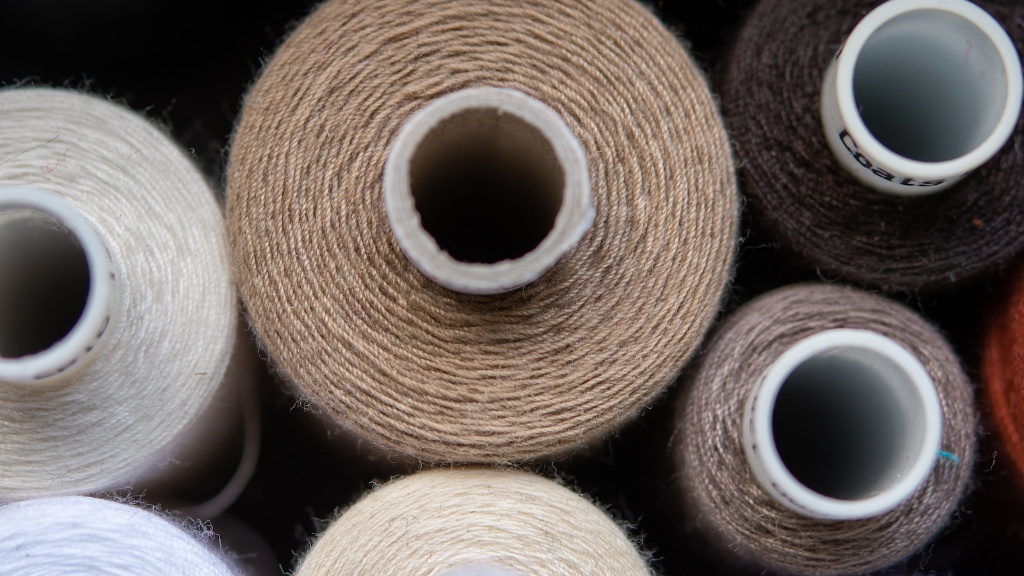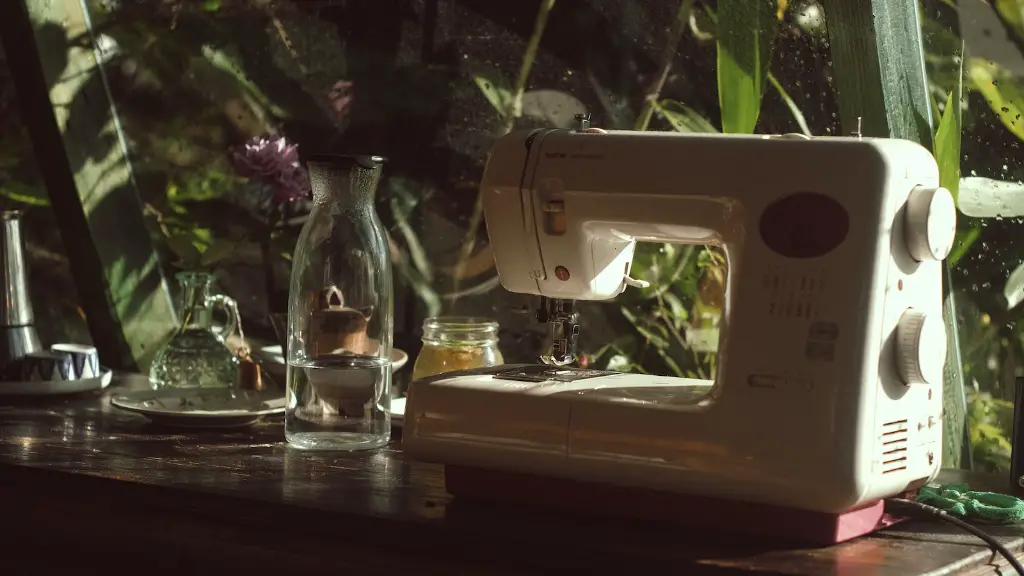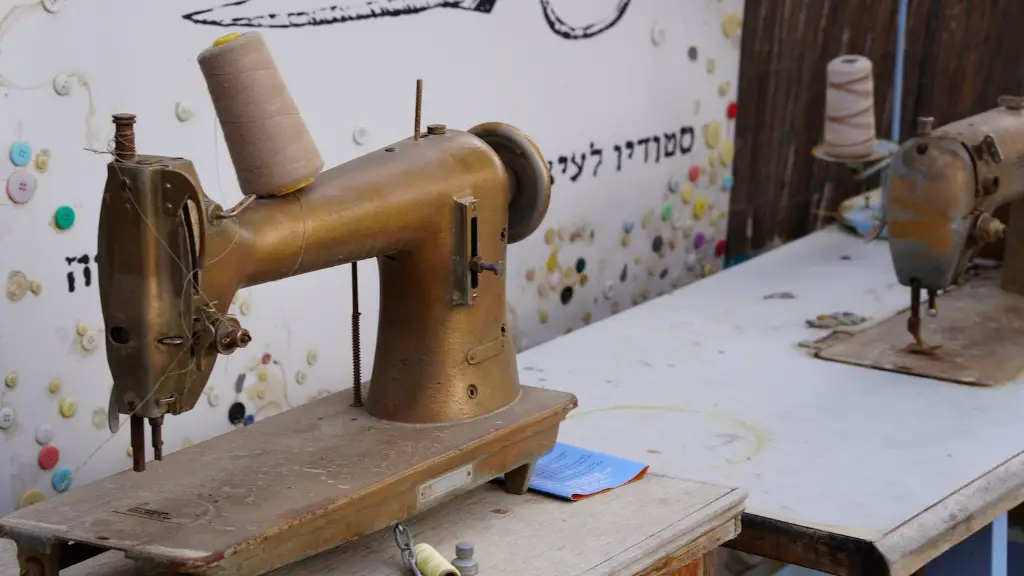Sewing machines have been boosting the quality and speed of clothing production since the 19th century. The invention of the electric motor for a sewing machine set off a technological revolution for the fashion industry. The modern sewing machines are powered by motors that are smaller, stronger and more efficient than ever before.
Sewing machine motors are the most important component of a sewing machine. They are responsible for providing a constant and consistent supply of mechanical energy to move the needle, rotate the shuttle and power other parts of the machine.
At the heart of the sewing machine motor lies the electric motor. It is responsible for generating the electrical power that is then converted into mechanical energy. The motor consists of several parts such as the stator, rotor, bearings and drive shafts. The stator is a cylinder that houses the electrical coils that generate the magnetic field, while the rotor is a flat disc with permanent magnets attached to its surface. When an electric current is supplied to the coils, it creates a magnetic field that causes the rotor to spin.
The rotation of the rotor is then transmitted to the drive shafts via the bearings. The drive shafts in turn move the needle and shuttle. The speed of the motor can be controlled by regulating the amount of electric current supplied to the motor.
The materials used to make motors for sewing machines need to be lightweight and durable, as they have to be able to withstand high temperatures during operation. The motors have to be powerful enough to drive heavy needles and shuttle mechanisms, yet remain energy efficient. The sewing machine motors of today use advanced materials such as carbon brushes and rare earth magnets for improved performance.
Maintaining a sewing machine motor is important as any dirt buildup or wear and tear can severely reduce its efficiency. The regular cleaning and lubrication of the motor and its components can help in increasing its life span.
Necessary Components
The motor is only one part of the equation when it comes to sewing machines. Many other components are necessary for a sewing machine to work properly. The needle is a metal or plastic shaft that is used for feeding the fabric through the machine, while the shuttle is a bobbin that holds the thread under tension. Other components such as the presser foot, feed dog and tension discs play an important role in the operation of a sewing machine.
Presser foot is the part of the machine that holds the fabric in place and moves it forward as the needle penetrates it. Feed dog is a metal piece that is responsible for moving the fabric below the presser foot as the needle enters and exits the fabric. The tension discs are responsible for controlling the tension of the thread as it is passed through the needles.
All these components must be in perfect working order for the machine to perform at its best. Worn or damaged parts can cause the machine to malfunction, resulting in a poor quality of sewing output. It is important to regularly inspect these components and replace them if needed.
Embroidery Machines
Embroidery machines are a special type of sewing machine that feature a wide range of capabilities. These machines can be used to create intricate designs on fabric with the help of a computer. To achieve this, a motor is used to control the speed and direction of the needle. This allows the machine to move the needle precisely, creating the desired design.
The embroidery machines also feature several other components such as an embroidery hooper, which holds the fabric in position during the embroidery process. The embroidery frame is also an important component as it holds the material in place during the stitching process. The software supplied with embroidery machines is also key as it allows the user to control the speed and direction of the needle, as well as the size and shape of the design.
Embroidery machines are used widely in the fashion industry to add a personalized touch to clothing. They are also used in other industries such as the automotive industry to add custom logos and designs to products. With the advancements in technology, the capabilities of embroidery machines have improved drastically, allowing for more intricate designs to be created.
Sewing Machine Safety
Sewing machines can be dangerous if not used properly. It is important to always use the machine according to the instructions provided by the manufacturer. It is also important to regularly inspect the machine for any signs of wear and tear. The cords and wiring should be free of any damage or exposed live wires.
It is also important to keep the machine clean and well lubricated. This will help ensure that all the components are working properly, preventing accidents and malfunctions. Always ensure that the needle and other sharp components are covered when not in use. It is also important to keep the machine away from children at all times as they can accidentally injure themselves.
Finally, it is important to unplug the machine before performing any maintenance or adjustment. This will help prevent any injuries if the machine accidentally starts while you are working on it. It is also important to use the correct tools when performing any repair or maintenance, as improper tools can cause damage or injure the user.
Growth of Sewing Machines
The sewing machine industry has seen tremendous growth in the past few decades. This is largely due to the improvement in technology that has allowed for more efficient and powerful machines to be produced. This has resulted in faster production times, higher quality output and lower prices for the consumer.
The advent of the computerized machines and the internet have allowed for online sales and the emergence of specialized online stores. This has resulted in an increase in demand for sewing machines as people are more aware of what is available and the cost savings they can get by shopping online.
The industry is expected to continue to grow as more people become aware of the benefits of owning a sewing machine and the technology behind them continues to improve. Manufacturers are continually investing in research and development to come up with new and improved models that are faster, more efficient and better constructed.
The Future of Sewing Machines
The future of sewing machines looks bright as technology continues to improve. Automation and robotics are expected to play a key role in the development of sewing machines. In the future, robots could be used to operate the machines, allowing for increased production speeds and improved safety.
The use of artificial intelligence and machine learning is also expected to further enhance the capabilities of sewing machines. Software that can analyze and adapt to the needs of the user can be used to customize the stitching patterns and speed of the machine. This will allow for more complex designs to be created with greater precision and speed.
The internet of things is another technology that is expected to play an important role in the future of sewing machines. Sewing machines will be able to communicate directly with the user and other machines to share data and information. This will result in increased efficiency, scalability and visibility when it comes to the production of fabrics.
Conclusion
Sewing machines have been an integral part of the fashion industry for many years. The development of the electric motor for the sewing machine revolutionized the way clothes are made and opened up new possibilities for design and production. Today, modern motors are more powerful, efficient and reliable than ever before. While the motor is one of the most important components of a sewing machine, several other components must be in perfect working order for it to work properly. With the advent of new technologies such as automation, artificial intelligence and the internet of things, the future of sewing machines looks bright.





